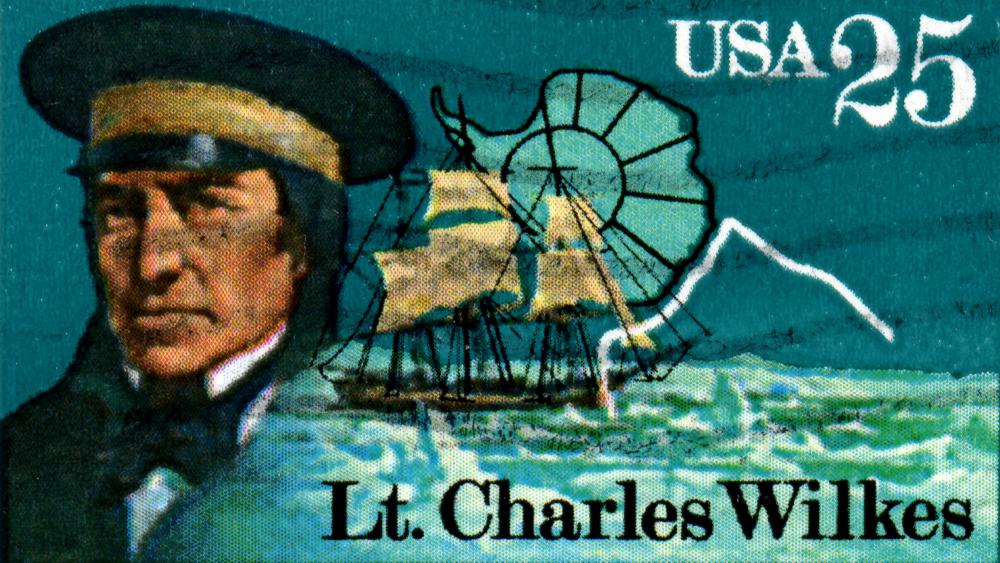At SmartCapitalMind, we're committed to delivering accurate, trustworthy information. Our expert-authored content is rigorously fact-checked and sourced from credible authorities. Discover how we uphold the highest standards in providing you with reliable knowledge.
What Is the Relationship between the Business Cycle and Inflation?
Regional economies do not typically remain stagnant, instead going through periods of expansion and contraction. Some of these seasons last longer than others, and each has a unique relationship with the value of currency in a region. Inflation, which measures how much goods and services cost, is a barometer of how much a currency can purchase, while a business cycle indicates whether an economy is generating higher or lower production. A business cycle and inflation can be influenced somewhat by policymakers who seek to keep regional production growing while also preventing prices from becoming a threat to consumers.
When an economic growth is expanding, it typically means that a region is generating greater output of goods and services. This expansion of business and inflation are linked because as an economy strengthens, it is likely to cause an increase in the prices tied to goods and services. Price increases may be reflected in some economic indicator, such as a consumer price index (CPI), which is reported in both the US and in England, for instance. The CPI measures the rate at which prices for household items, food, and energy are rising or declining. When this index is advancing aggressively, it could be representative of higher inflation in a region.

While inflation might be readily identifiable to economists, there are other conditions that might more contradictory in nature. For instance, it's possible for a business cycle and inflation to remain linked even when an economy is pulling back, or contracting. If consumer prices continue to increase, and yet gross domestic product (GDP), a measure of an economy's condition, represents contraction, this could create a stagnant economic environment. This is likely to put pressure on the value of a country's currency, which could have a damaging affect on international trade, for instance.

An economy experiences a recession when GDP declines for at least two straight quarters. This business cycle and inflation are usually in sharp contrast to one another. Subsequently, during recessionary periods, federal policymakers may need to step in to keep interest rates low in order that an economy will not slow further.
Historically, these policymakers have had to guide economies through periods where consumer prices threatened to rise while other factors, such unemployment rates, were signaling a slowdown of the economy. The rate at which food and energy prices rise might be indicating inflation while the jobs scenario is suggesting recessionary conditions, creating a divide between the business cycle and inflation. This is likely to make it more challenging for monetary policymakers to accurately set the appropriate economic temperature with interest rate changes.
AS FEATURED ON:
AS FEATURED ON:













Discussion Comments
Should we infer from this article that the cause of inflation is the business cycle? But then what causes the business cycle?
I think there are other independent factors that lead to both the business cycle and the changes in inflation. Do we have any economists here? Can anyone expand on this topic?
@donasmrs-- It's not that confusing. Let me try to simplify it for you.
There are four basic steps in a business cycle: growth, boom, downturn and recession. Inflation (or high inflation) is what happens during an economic boom. If the inflation is not managed at this stage, then the economy takes a downturn and eventually goes into a recession.
It sounds like inflation and recession are unavoidable due to the nature of the business cycle but that's not exactly true. That's why we have monetary and fiscal policies. And these policies are not very difficult to determine and use either. For example, in most cases, an increase in interest rates by the Central Bank will be enough to reduce inflation during the economic boom stage.
The relationship between business cycle and inflation sound very confusing. I don't think I understand it well. I think it must be very difficult for governments to decide what type of economic policies to use by looking at this relationship.
Post your comments